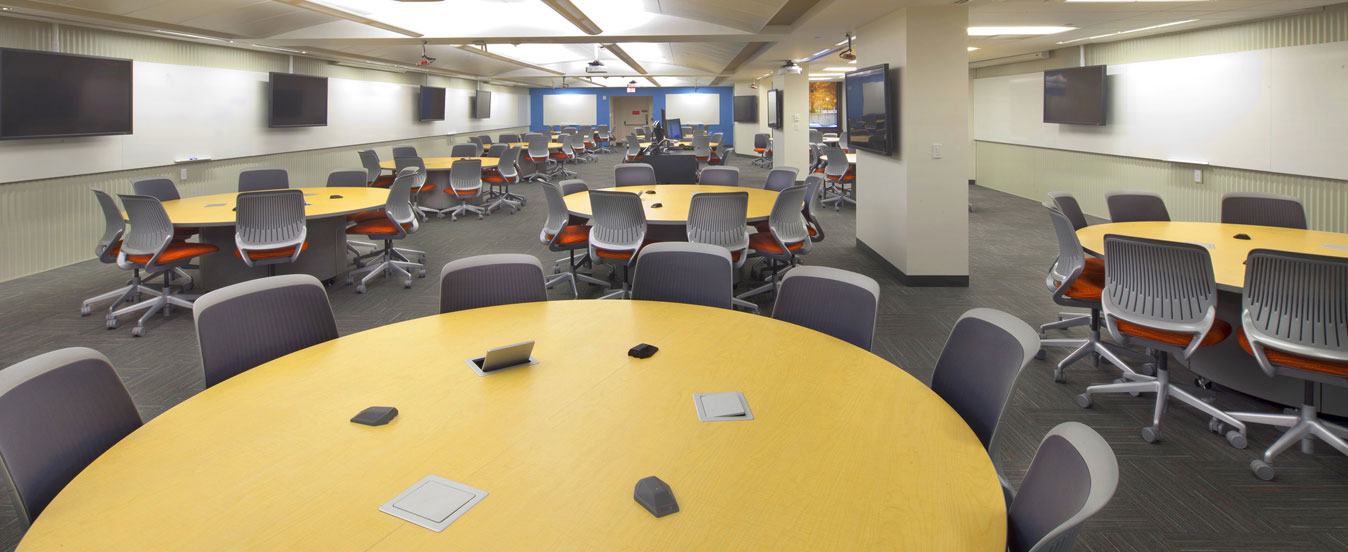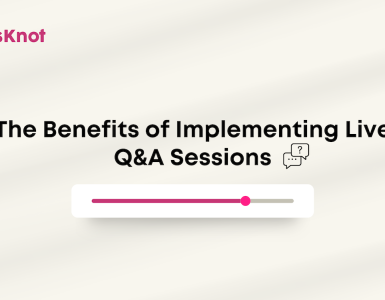Active learning can be loosely defined as a process where students are engaged during the learning process
First put into practice by MIT for its physics classes in 2005, TEAL continues to be studied in specially constructed spaces in campuses such as Yale, UC Merced, and many others. A crucial aspect of TEAL is active learning. Active learning, which can be loosely defined as a process where students are engaged during the learning process, can be traced back to studies conducted in the 90s, which elucidated a new way to teach. Instead of passively receiving information in lectures, students are instead encouraged to apply and test their knowledge as they accumulate it. Active learning has been shown to improve scores and significantly reduce the likelihood of students failing a class. However, classrooms usually operate under constraints such as large class sizes, limited time, and complexity of the material being discussed. As a result, technology was introduced as a facilitator in the active learning process with TEAL classrooms attempting to challenge this challenge.
 Source: Yale Center for Teaching and Learning
Source: Yale Center for Teaching and Learning
Students aren’t lost any more in massive lecture halls designed to disseminate information to the widest possible audience.
TEAL classrooms are designed with one thing in mind–doing while learning. Students are tasked with applying the information they learn in a collaborative manner. They work in teams to answer questions, discuss material, and in some cases, perform experiments. This allows them to test concepts as they learn them, often leading to a better understanding and retention of classroom material. Technology solves the constraints mentioned earlier by making the material accessible to each and every student simultaneously. Students aren’t lost anymore in massive lecture halls designed to disseminate information to the widest possible audience. Instead, even with a classroom containing 126 students, educators can implement active learning for every student by combining lectures with hands-on experiments and testing knowledge with polling and in-class exercises. In this manner, educators adapt classrooms to the needs of students instead of the other way around.
TEAL is a perfect example of technology aiding and facilitating education that changes with the needs of students. Although still in an experimental phase despite being implemented first almost 20 years ago, TEAL continues to be studied in specially built classrooms across the nation to design an evolved form of the traditional classroom. Whether or not all our classrooms in the future will be constructed with TEAL as a guiding principle is yet to be seen, but regardless of the final result, educators are making an effort every day to cater to students’ needs now and many many years from now.





411 comments